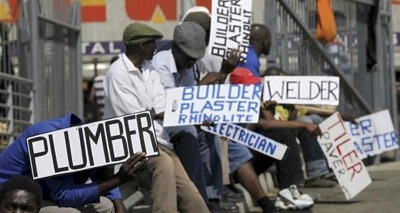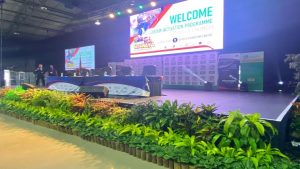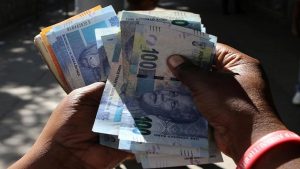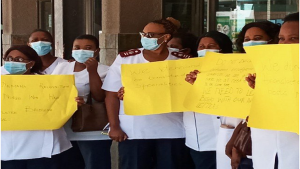Statistics South Africa (StatsSA) recently published updates to its Poverty Lines – the amount of income needed for individuals to sustain themselves. Their Food Poverty Line (FPL) indicates how much income is required for the daily energy intake requirements of an individual to be met.
Their latest figures indicate that the FPL is now at R561 a month.
Individuals with an income of less than the Food Poverty Line of R561 cannot buy enough food to maintain energy levels and face malnutrition and possibly starvation.
However, the R561 is not enough to ensure the individual can meet other essential requirements like housing, medication, clothing or even have a nutritionally balanced diet. If these other items are taken into consideration then an income of between R810 and R1227 per person is required. These two limits are respectively, referred to by StatsSA as the Upper and Lower Bound Poverty Lines (UBPL and UBPL).
Those earning more than the FPL, but less than the Upper Bound Poverty Line (UBPL) of R1227 may be able to meet the minimum food energy requirements but will be unable to afford some essential non-food items (housing, a balanced diet etc.). Only once the UBPL has been exceeded the individual may be able sustain themselves.
For perspective the three poverty lines can be compared to the minimum wage. A minimum wage of R3000 a month is sufficient to ensure that five individuals meet the FPL. However that income can only sustain a family of 2.5 people in terms of food as well as clothing, transport, housing etc.
Unfortunately the income requirements to keep individuals above the Poverty Line has been rising rapidly. In 2008, after adjusting for inflation, R274 was required to ensure that the energy requirements of an individual could be met. This means that the income required to meet the FPL has doubled since 2008. Food costs are also growing as a proportion of the total income needed by the poor. In 2008 the FPL (the cost of food) amounted to 40 percent of the UBPL. By 2019 these food costs had risen to 46% of the UBPL. This shows that, on average, food costs for the poor are rising faster than non-food items.
Of even greater concern is the fact that all three Poverty Lines (FPL, LBPL and the UBPL) are still rising after inflation has been taken into consideration. This means that the cost of the items the poor buy (like food) are increasing faster than the Consumer Price Index (CPI). Inflationary pressure thus rests heavier on the poor or, conversely, inflation impacts less on the non-poor than it does on the destitute.
The rise in the three Poverty Lines is illustrated below. As the figures have been adjusted for inflation the rapid rise cannot be attributed to increases in the general CPI. The pattern of price changes is such that the items most required to sustain the destitute are rising faster than the CPI in general and that the poor carry a disproportionate burden of inflation.






